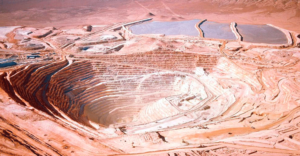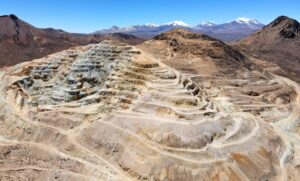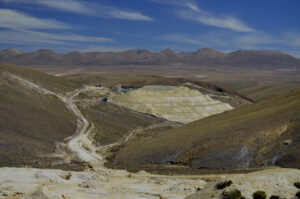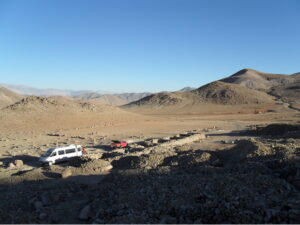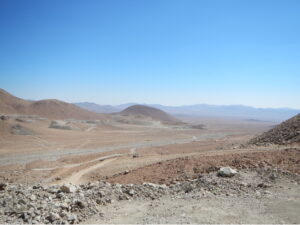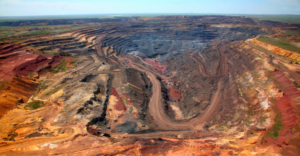
- Tanzania | 2 April 2018
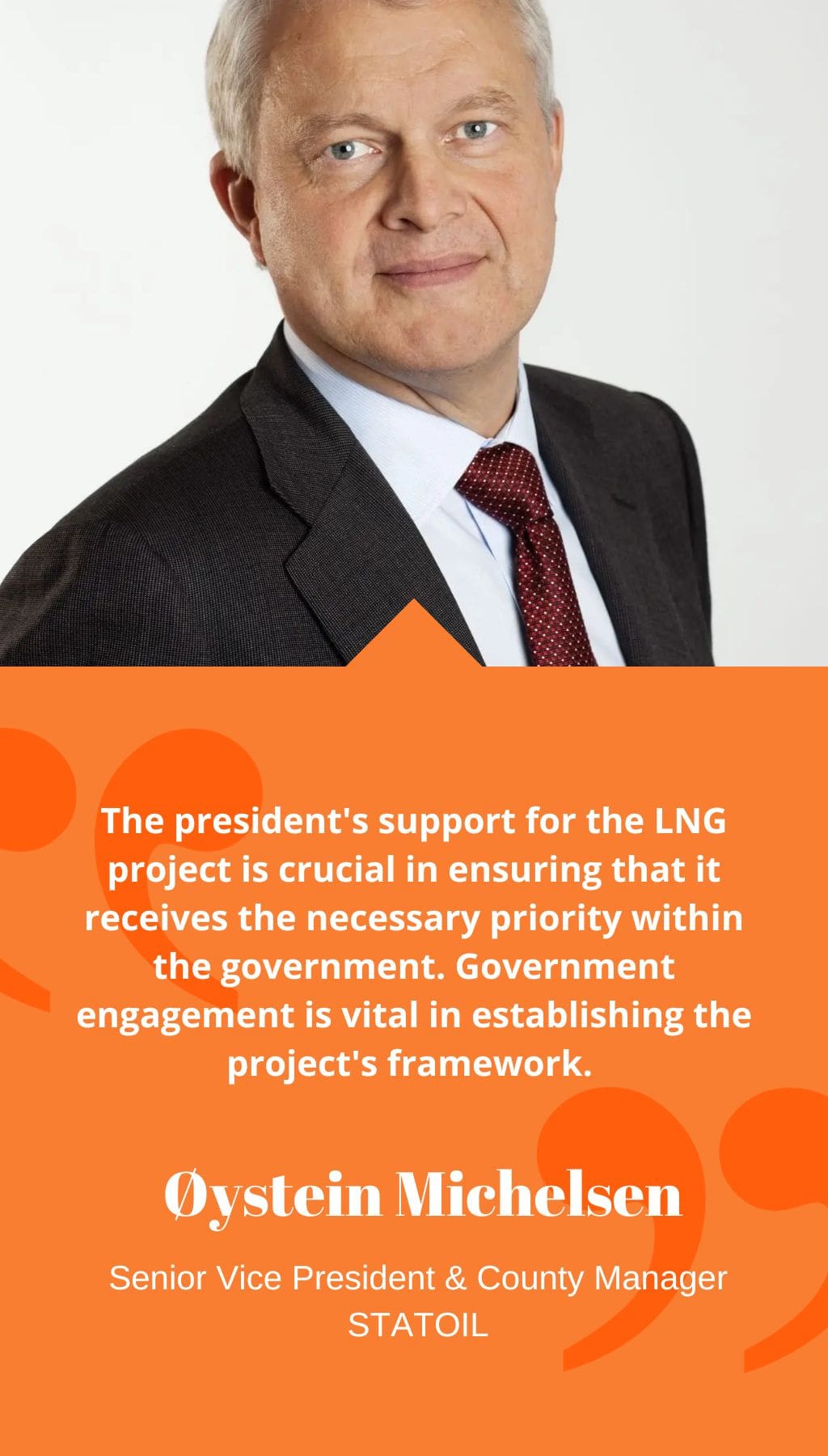
Can you provide an update on the current status of Statoil’s LNG project?
Significant technical work has been carried out and reached an advanced stage, necessitating the establishment of a commercial framework before further technical work can proceed. The Production Sharing Agreement (PSA), signed by Statoil in 2007, sets the foundation for the commercial terms. We have invested approximately USD 2 billion in exploration activities for Block 2, leading to significant discoveries. However, after concluding our exploration campaign in 2015, our engagement with the government slowed down due to elections, resulting in a change of stakeholders. Nevertheless, we have established new connections and initiated meetings with the government to discuss the commercial terms. While the PSA largely defines the commercial terms, it is crucial to clarify how these terms apply to a shared LNG plant through a Host Government Agreement. Additionally, we need to address differences with the new Petroleum Act and the PSAs. A site for the LNG plant has been selected and is currently undergoing final documentation assurance. The choice of land is based on technical and non-technical suitability, and the land titles will be held by the Tanzania Petroleum Development Corporation (TPDC). TPDC, together with the LNG investors, partners in Block 2, and partners in Blocks 1 and 4, has initiated work on resettlement plans for individuals affected by the land acquisition for the LNG plant. This process prioritizes fair treatment and compliance with international standards.
How is the president himself influencing the project’s progress?
The president’s support for the LNG project is crucial in ensuring that it receives the necessary priority within the government. Government engagement is vital in establishing the project’s framework. The new Petroleum Act of 2015 introduced uncertainties regarding the terms of the PSAs. For instance, there is a clause regarding Tanzania’s ownership of the companies involved in the project, which we find to be quite demanding for a project of this nature. The requirements should align with what is practical and realistic to achieve in relation to the project, but there is a strong drive to go further. As the pioneering Tanzania LNG project, the regulations should facilitate the project’s development.
What difficulties do you foresee after establishing the legislative framework?
This project presents several challenges. It is situated at a depth of 2,500 meters, 100 kilometers from the shore. Additionally, it involves the extraction of gas, which necessitates the development of a distribution network. The only way we can monetize these gas discoveries is through LNG exports, as there is currently no stable and reliable market in East Africa that can accommodate the necessary production levels. According to the terms of the PSA, a percentage of the production will be utilized domestically, which will significantly increase the availability of domestic gas by over 200%.
In what ways can this project contribute to Tanzania’s industrialization, and what measures can the government take to facilitate it?
The gas from Blocks 1, 2, and 4 is intended to be processed through a shared LNG plant. This project will have a substantial financial impact, with potential revenue from gas sales and taxation flowing into the state coffers. To expand activities and establish industries, Tanzania can take important steps such as opening up more acreage for exploration. It is likely that additional gas or oil reserves could be discovered, which can be brought to shore and utilized for domestic purposes. Constructing the LNG plant in Lindi will foster the development of local expertise and create an environment that supports the growth of industries in Tanzania.








